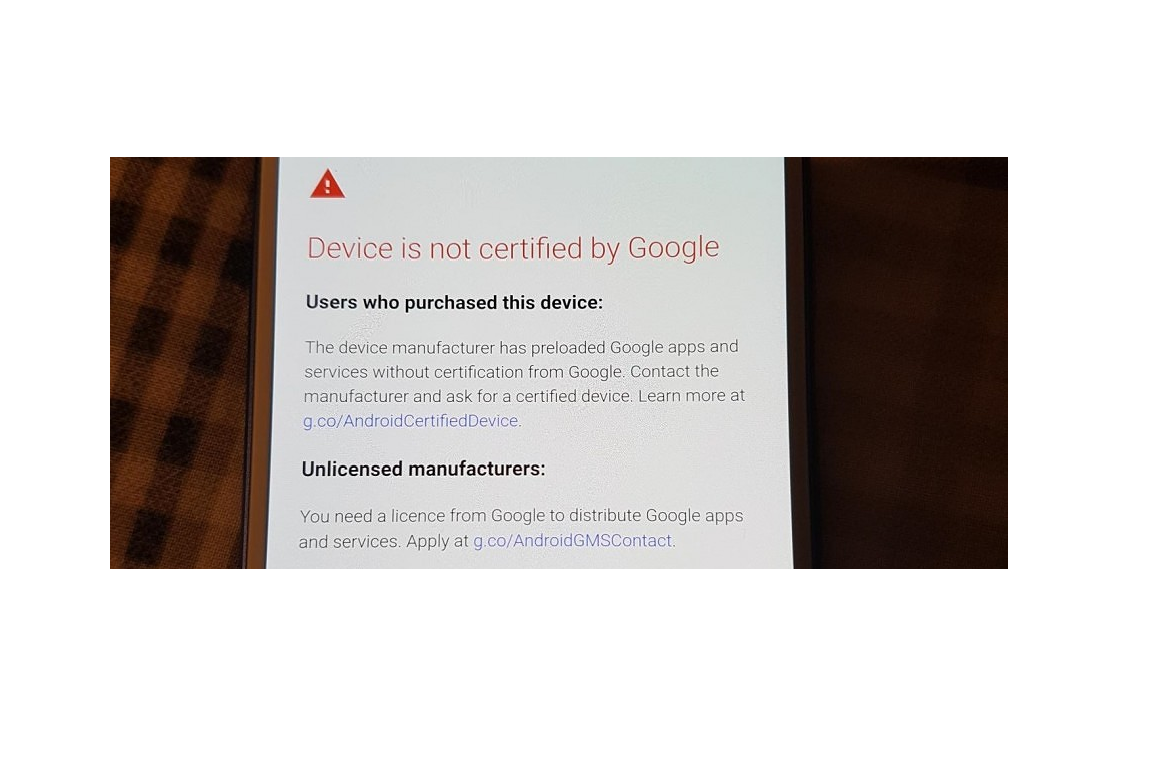Good news for the Android community today: Google has heard our concerns. When we first broke the news that Google would begin blocking Google Play uncertified devices from accessing Google apps and services, there was a lot of confusion about what this would mean for users. At first, it seemed like the webpage wasn't working at all, and then it worked with IMEI values, and then we were told it accepted the Google Play Service Framework Device ID (but only in decimal format). One last thing that users, especially developers, were concerned about is the fact that the page seemingly only allowed for 100 IDs to be whitelisted. However, a Google representative has confirmed that they are removing this limit from the uncertified device registration page and that the webpage now accepts GSF IDs in their original hexadecimal format.
The Google Play Service Framework Device ID (GSF ID for short) is a unique device identifier that is generated by Google Play Services. There was some concern that by wiping your device (which happens a lot for developers testing their ROMs and for users who frequently flash new ROMs), you would end up wasting one of the tokens that are used to whitelist your device. On the whitelist page, there's currently no way to remove active device registrations, so the concern was that users would have to save their GSF IDs if they didn't want to fill up the list accidentally.
However, now that the official uncertified device page has dropped the 100 device registration limit, there's no longer any worry about running out of tokens. You can register and re-register as many times as you please under your Google account. This is a good move from Google as it addresses the main concern the community had with the form while still maintaining its original purpose: preventing device makers from bypassing Google's CTS and pre-installing Google apps and services when they aren't supposed to.
In case you are interested, we have updated our tutorial on how to fix the uncertified device error with this new information. If any new developments related to the uncertified device registration page come up, we'll be sure to let you all know.

